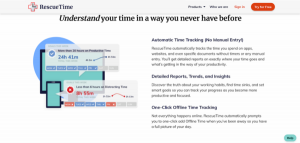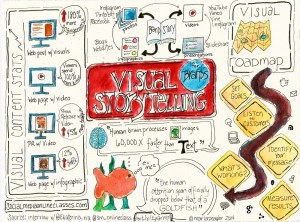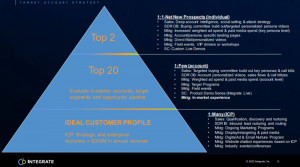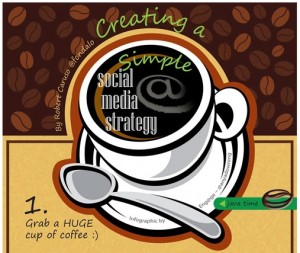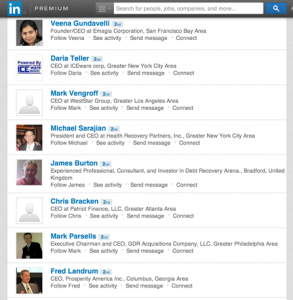Whether it’s hitting “reply all” on an email not meant for the group or being called on in a meeting and not having an answer, we’ve all had awkward moments. While most of us will do anything to avoid them, awkwardness can be a superpower if you understand and harness its purpose, says Henna Pryor, author of Good Awkward: How to Embrace the Embarrassing and Celebrate the Cringe to Become The Bravest You.
“If we were to trip over our own two feet in the kitchen but no one was home to see it, most of us wouldn’t feel awkward,” she says. “If we did that exact same thing in front of our peers at work, we would feel an uncomfortable emotion. We tend to feel awkwardness as social creatures.”
Pryor’s interest in awkwardness came from listening to Brené Brown’s podcast. “At the end, she would say, ‘Stay awkward, brave, kind,’” says Pryor. “I would think to myself, ‘Well, I know how to stay brave. I’ve learned how to stay kind; my parents taught me that. But stay awkward? I don’t like that.’”
The first born of two immigrant parents, Pryor says she felt awkwardness at an early age. “My clothes always were a little different. My food smelled a bit weird. My name was Henna, not Jennifer or Samantha,” she says. “I was always a little bumpy around the edges when all of my peers and colleagues seemed to be smooth. I felt like I couldn’t assimilate.”
Unfortunately, awkwardness isn’t something you can get rid of, says Pryor. “In order to eliminate awkwardness, it means you have to eliminate uncertainty,” she says.
While we all feel awkward at times, Pryor says most of us haven’t taken time to figure out why. “We need to peel back the layers to better understand it,” she says. “It’s asking yourself, ‘When do I feel it? Why do I feel it? And in what contexts do I feel it?’ It’s a natural human emotion and actually embracing those feelings and running toward them can help your career growth.”
State Versus Trait
To create a better relationship with awkwardness, you need to understand your relationship with the word. If you identify as being awkward, it’s a state. For example, you may say to yourself, I am socially awkward. Awkwardness can also be a trait. For example, you may say, “I have to have an awkward conversation.” In this case, the trait is transient and fleeting.
“If we hold onto it as an identity, then we need to evaluate where’s that coming from?” says Pryor. “What was my relationship with approval? Once we have unpacked that, we can move forward and start to reframe the way we feel about it, telling ourselves a different story.”
Shifting from trait to state takes new behaviors and action. “What’s interesting about awkwardness is that the word itself is subjective and something we assign,” she says. “There’s no such thing as a human who is objectively awkward. Since it’s not a fixed objective state, simply reframing the language from ‘I am awkward’ to ‘that interaction was awkward’ takes it from being something that’s an identity to something that is a moment in time that can be managed.”
Draw Attention to It
When something awkward happens, most people try to run away from it. Unfortunately, avoiding awkwardness actually gives fuel to it and increases its power, says Pryor. Instead of hiding, Pryor suggests calling it out and naming it.
For example, if you trip on a rug on your way into a job interview, instead of limping away in shame, you could simply say, “Well, that was awkward. Can I get a do-over on that first impression?”
“Diffuse it with a little bit of humor,” she says. “Putting it into the room helps to dissipate a little bit faster.”
Build Your Social Muscle
Feeling more comfortable in social settings helps you deal with awkwardness in the moment. The pandemic caused many of us to atrophy our social muscles. Pryor recommends finding opportunities to practice using them, such as regularly connecting with others.
“Moments that happen organically like they used to don’t exist,” she says. “We need to create some of these moments on purpose in order for these muscles to stay strong.”
It also helps to put yourself in social situations with uncertainty, such as networking events. “Putting yourself in those situations repeatedly, despite the emotion, is a sign that you’re willing to take chances professionally,” says Pryor. “The more we experience it, the more chances we give ourselves to grow.”
Rethink How You View It
When it comes to taking a risk in the moment, not fearing being awkward is key. In fact, embracing it becomes a superpower. It’s the difference between allowing our desire for other people’s approval to outweigh our personal ability to expand and grow, says Pryor.
“We never truly have a chance to improve, to speak up, to self-advocate, to innovate, negotiate, or try something new [without risking awkwardness],” she says. “That’s the greatest risk of all. The truth is, the most competent people we know are the ones that we think never feel awkward. In fact, they feel that way regularly. They just are more comfortable embracing it and leaning into it.”
(4)


